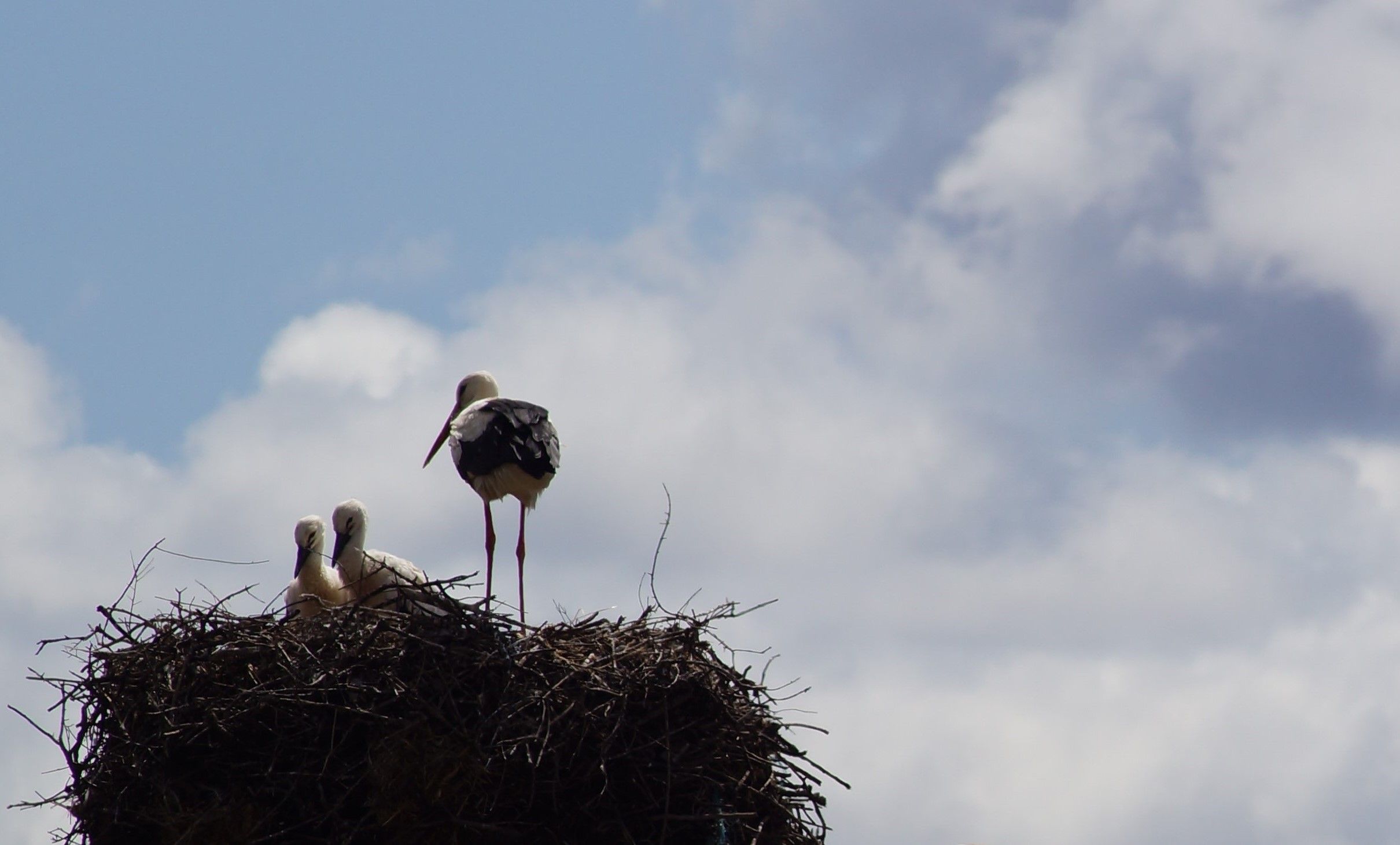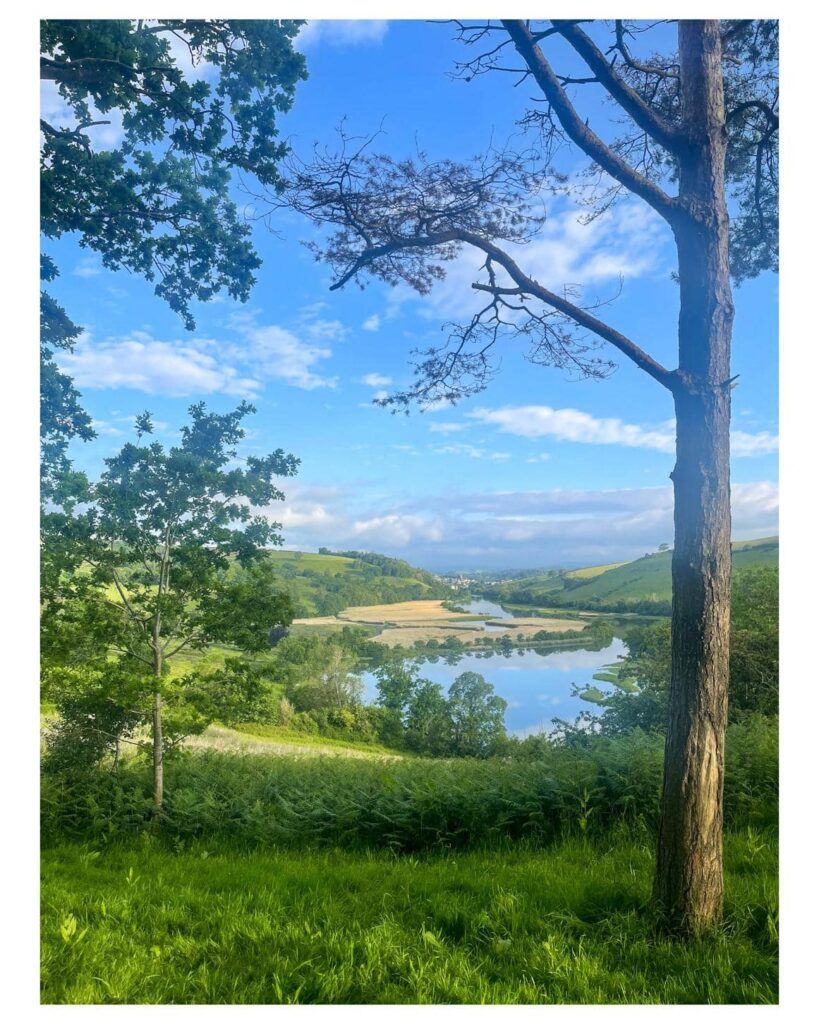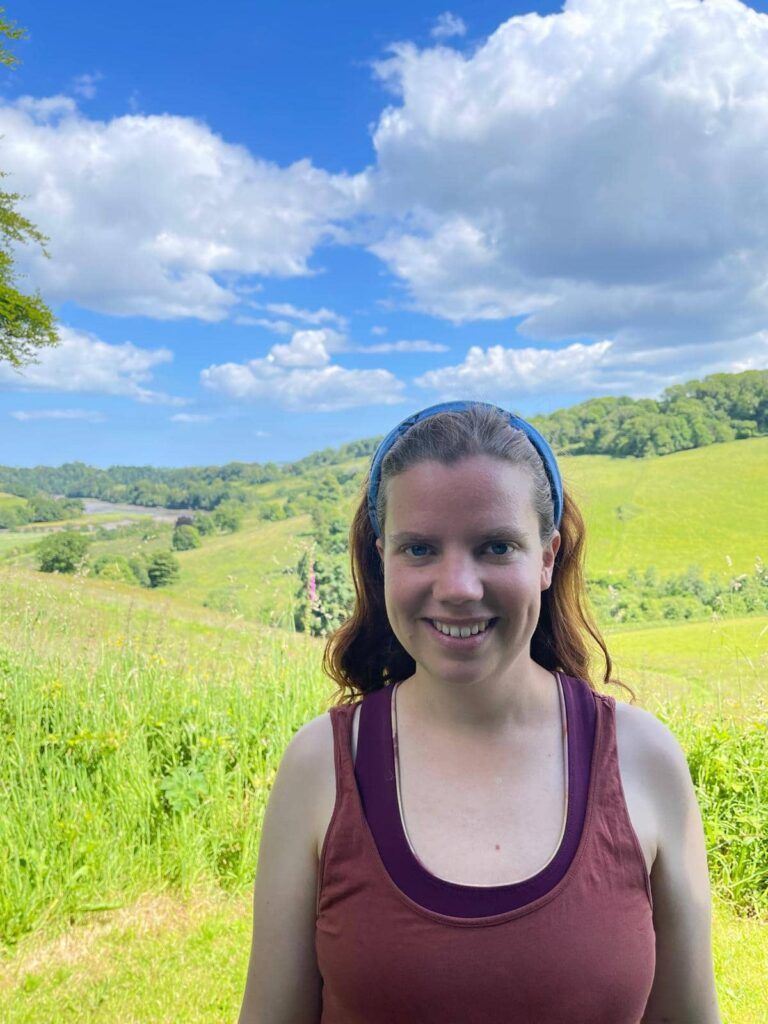Can we bring white storks back to Devon?

Assessing habitat suitability for reintroducing white storks to the Dart estuary
A habitat health-check in the Dart estuary, Devon
White storks are iconic birds with huge cultural significance. They went extinct in the UK during the Middle Ages, with the last breeding pair recorded in 1416 in Edinburgh. The main reasons they declined were hunting and changes to their habitat. White storks need wet meadows rich in invertebrates and small vertebrates to feed on but approximately 75% of the UK’s wetlands have been drained, meaning suitable habitat is scarce.
In mainland Europe, white stork populations also faced serious threats and reached their lowest point in the 1980s. Since then, reintroduction programmes in Belgium, Sweden, Switzerland, and the Netherlands have helped the population recover. In the UK, recent reintroduction efforts at Knepp rewilding estate in Sussex, have paved the way for their return to our island.
River Dart estuary, Devon
Reintroductions are a crucial yet complex tool for restoring lost species but they need careful planning. The first step is to check whether there’s suitable habitat with the right characteristics to support a thriving population of the birds.
The River Dart estuary in Devon has been chosen as a potentially perfect site for white storks by a partnership of organisations, including Ambios Ltd. which manages a large rewilding project in the area. Historical evidence shows the species used to live in the south Devon landscape but it’s unclear if the area is good enough to support white storks now.
Carrying out a Habitat Sustainability Modelling assessment
Our new intern, Ursula Heinze, is working with the team at Ambios Ltd. to produce a habitat suitability map for the River Dart estuary, checking how much suitable habitat there is and, if feasible, suggesting locations for artificial nests. Ursula will be combining fieldwork and computer-based mapping to carry out this work.
While many variables, such as land use, slope, and climate, can be measured and mapped remotely, the fieldwork carried out by Ursula will provide detailed information on other habitat characteristics, like how wet an area is, that cannot be measured on her computer, as well as ‘ground truthing’ remote mapping.
Developing a plan
Once the habitat suitability assessment is carried out, Ambios Ltd. and the other partnership organisations will have a clearer understanding of whether the estuary is healthy enough to support white storks. The team will be able to develop a plan and management strategies to improve the area for the birds and continue planning where best to release them. The lessons that Ursula learns as she checks the area can then be used in other parts of the UK where stork reintroductions are being considered, whilst also providing valuable information about the specific spots in the Dart Valley we hope will become home to white storks in the very near future.
This project is only possible thanks to our generous donors. Can you help by donating today?


